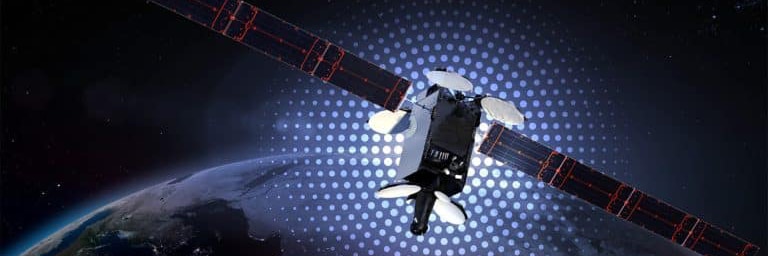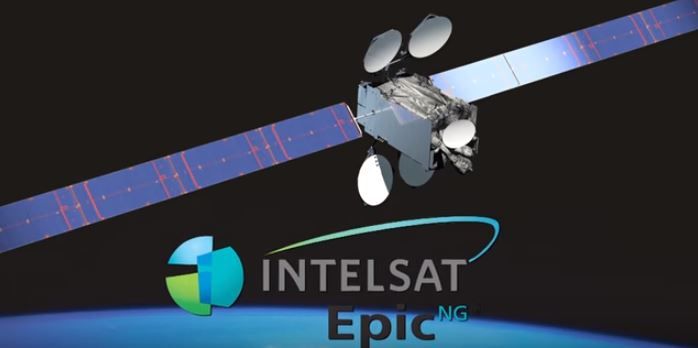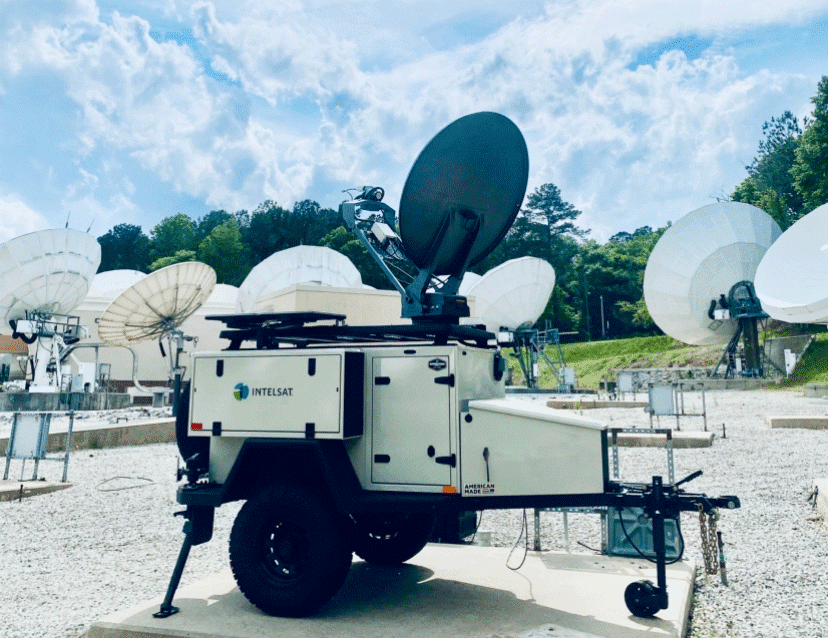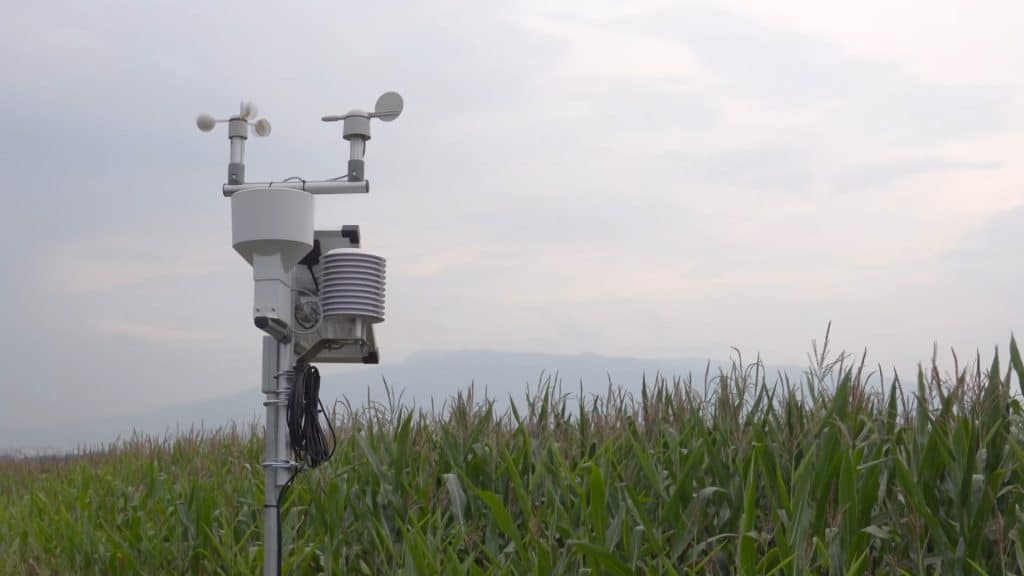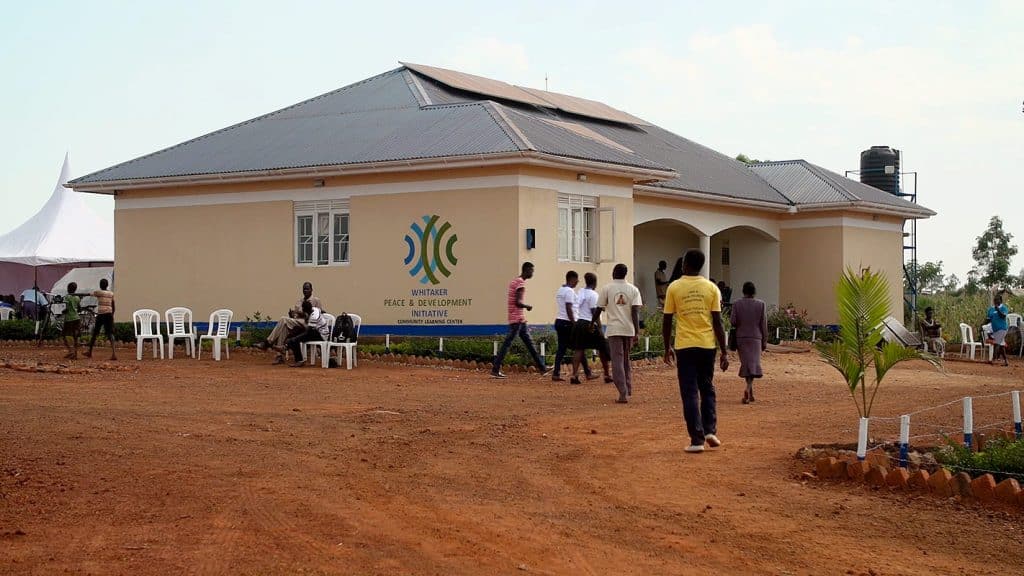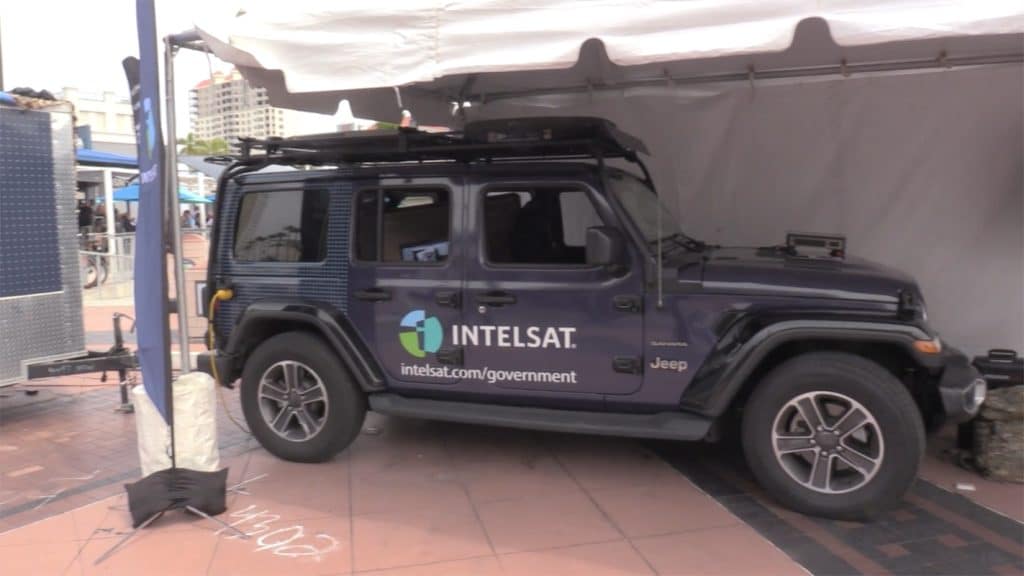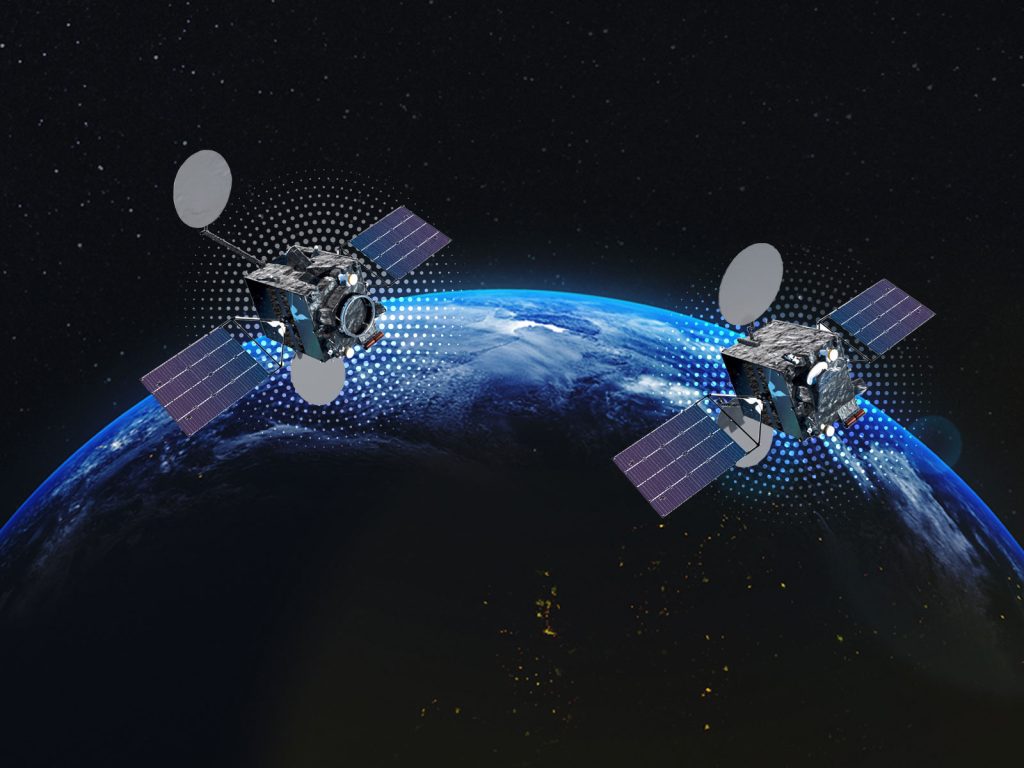Automatic Beam Switching Is the Latest Link in a Long Chain of ISR
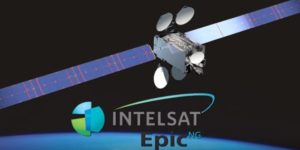
Military leaders have long understood that mission success often depends on knowing both the enemy’s and one’s own capabilities. For Napoleon at Austerlitz, Lee at Chancellorsville, Eisenhower on D-Day, and the “Left Hook” of Desert Storm, knowledge of the enemy was key to victory.
Today this requirement is further complicated by the speed of operations and the desire to push intelligence to the lowest tactical units.
In this environment, it is not surprising that combatant commanders’ first priority is ISR (intelligence, surveillance, and reconnaissance) – usually provided by remotely piloted aircraft (RPAs).
RPAs provide immediate information on enemy forces, friendly forces, and environmental conditions that are invaluable to the military decision maker. The immediacy of this information enables the military to achieve greater depth, agility, versatility, initiative, and synchronization — the five tenets of U.S. Army operations.
But delivering ISR to the tactical edge of combat requires vast amounts of bandwidth. And this bandwidth demand increases as more sensors and applications are added to RPAs.
High-throughput satellites (HTS), such as Intelsat’s EpicNG, help solve this problem by increasing the available bandwidth by 300-400% using high-throughput spot beams. In designing our EpicNG satellites, engineers looked at the possible loss of signal as RPAs passed from one small spot beam to the next.
To address this concern, IGC partnered with L-3 Communications Systems West to develop a software update for automatic beam switching (ABS) so that RPAs could fully benefit from the new HTS capabilities of EpicNG.
This video offers a look at how ABS works. Using real air and ground satellite terminals connected to Intelsat’s Horizons-1 satellite and a navigation simulator, this demonstration shows how the system automatically changes both frequency and polarization as the RPA moves from one beam to another with minimal effect.
The next demonstration will use an RPA and the first EpicNG satellite, IS-29e, successfully launched on January 27.
There are few constants in warfare, but one constant is that knowledge of the enemy and of one’s self are key. RPAs are the U.S. military’s best tool to achieve this goal and ABS insures that we can continue to support RPA operations using Intelsat’s high-performance EpicNG satellites.





